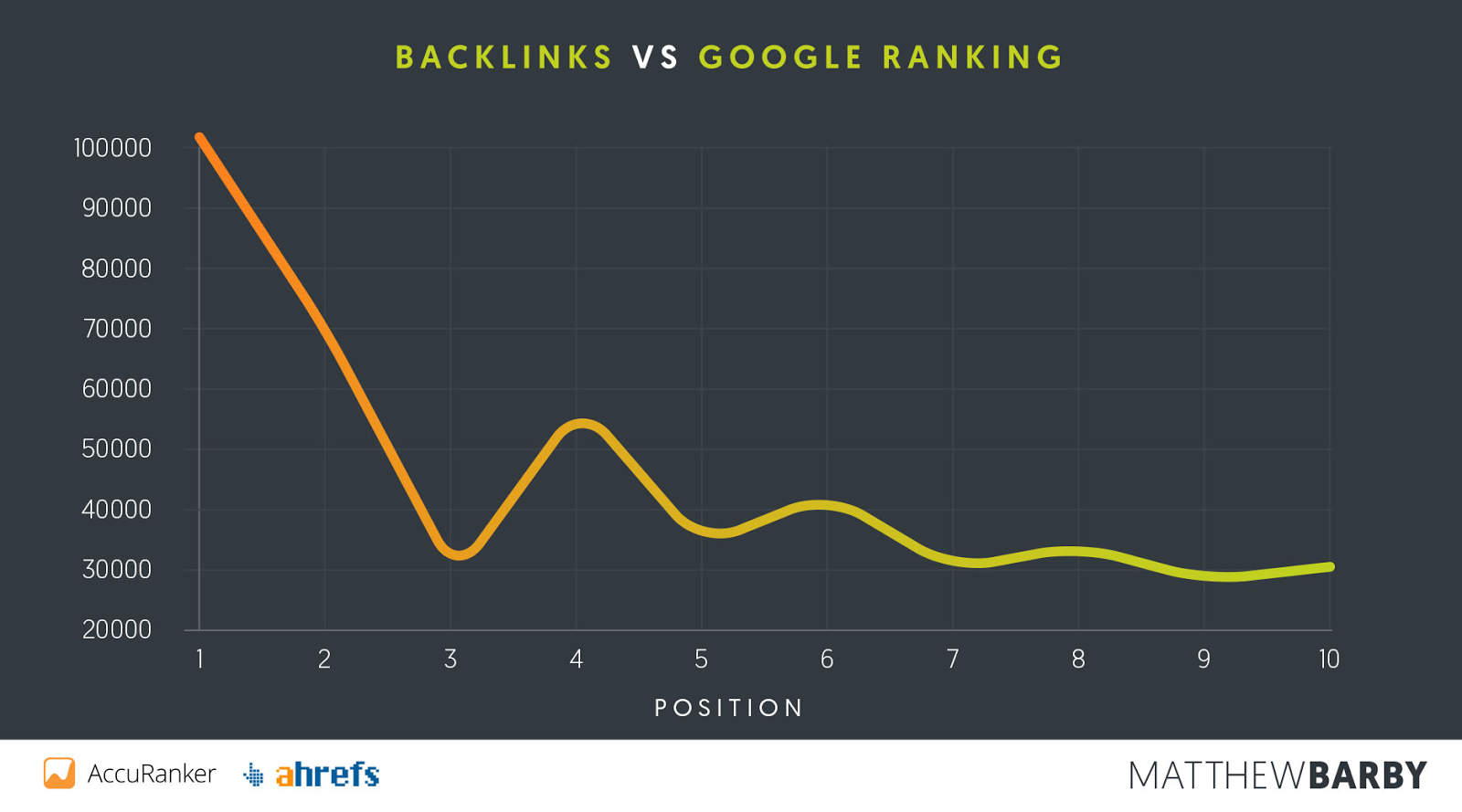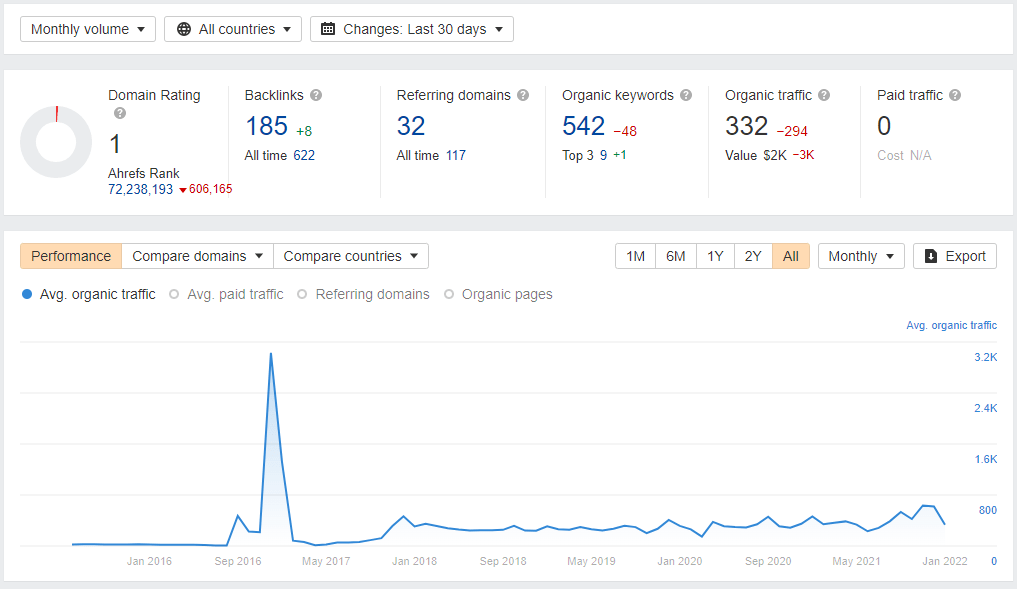All Categories
Featured
Table of Contents
- – Top Semantic Seo Platform Showroom Near Me
- – What Is The Top Semantic Seo Optimization Tool...
- – Top-Rated Semantic Seo Insights
- – What Is The Most Reliable Semantic Search Eng...
- – What's The Most Reliable Semantic Search Alg...
- – What Is The Most Reliable Semantic Seo Servi...
- – Who Is The Premier Optimizing For Search Int...
The web is transforming, becoming a growing number of semantic. Search engine optimization is also transforming and becoming more semantic. This is due to the fact that online search engine have advanced and are moving increasingly more towards checking out material on the internet. Obviously, that has actually also changed the method we create content, especially if we wish to rank better in the search engines.
, the leader of the Internet, mentioned to represent the concept that all points in the cosmos are deeply interconnected. Intertwingularity is not normally acknowledged, people keep claiming they can make things deeply ordered, categorizable and consecutive when they can not. Whatever is deeply intertwingled. Based on the connections between search objectives, the search engine likes a material ready by calculating the range in between the vectors of significance.
It permits you to see, starting from a topic, all the entities that relate to that topic. In this manner you can clearly see which entities/concepts/ideas have actually currently been covered on your internet site, and you can uncover brand-new possibilities by comprehending what material you can include and just how to produce it.
Top Semantic Seo Platform Showroom Near Me
It has the ability to make your web content understandable for internet search engine on the one hand and for your audience on the other. Structuring your material model highlights your content and its hidden partnerships to make sure that online search engine can identify you amongst hundreds of pieces of details, making you extra visible to individuals that satisfy the search intent pertaining to your business.
In semantic SEO copywriting, an editor begins from a more comprehensive series of subjects and customizes the web content to consist of semantically relevant terms and expressions that aid readers recognize a topic, comparable to checking out web content in a wiki. From a web content writing viewpoint, one sensible method to do this is to produce a vocabulary of terms and inquiries bordering your target subject.
What Is The Top Semantic Seo Optimization Tools Program?
Find out more regarding by seeing the by!.

Semantic search describes the procedure of how online search engine recognize and match keyword phrases to a searcher's intent in organic search results page. Prior to semantic search, online search engine like Google operated like matchmakersaligning certain words in your query with those precise words on pages. The results were simple however commonly lacked depth.
Top-Rated Semantic Seo Insights
It allows Google to use fast, accurate solution to look inquiries about real-world subjects. When you kind an inquiry word right into Google, you're not simply entering a series of words. You use a complex web of meanings and links. Google's Understanding Chart sees these words as entities with context and relationships.
When you search for "Apple," Google doesn't simply see a word that explains a fruit. It recognizes Apple as a business and can give relevant info. It was Google's response to the rise of voice searches, where questions came to be a lot more conversational and nuanced.
What Is The Most Reliable Semantic Search Engine Optimization Brand
By incorporating NLP, Hummingbird enabled Google to move beyond simple keyword matching. It aided the search engine comprehend search intent, enhancing the chances that results would precisely match the reason behind a customer's search.
Making it more efficient at managing never-before-seen search questions. RankBrain considers even more than simply search phrases when evaluating a search inquiry.
It brings results that match the key phrases and line up with the total intent of giving young puppy training suggestions. And if the individual often looks for dog-related material, Google could focus on much more comprehensive training guidesrecognizing the user's ongoing rate of interest in the topic. Combining modern technologies like the Knowledge Chart, Hummingbird, and RankBrain, semantic search assists the Google formula translate and link data throughout a vast internet of information.
What's The Most Reliable Semantic Search Algorithms Brand
The emphasis shifts from keyword option to an alternative strategy incorporating individual intent, topical importance, and overall customer experience. Producing material that deals with the searcher's needs with comprehensive details can enhance your SERP rankings.
And type of web content can best satisfy their needs. A wider approach to content aligns much better with semantic search's change away from exact search phrase matching and toward individual intent. Which describes the boosted emphasis on topic clusters, as opposed to specific search phrases. Content that covers search queries much more thoroughly not only satisfies customers.
UX intends to create an aesthetically attractive, user-friendly interface with engaging, high quality web content that encourages site visitors to stay. Semantic search modern technology enables search engines to aim for results that provide the best feasible UX.
What Is The Most Reliable Semantic Seo Services For Your Money

All showcase Google's capability to address a subject question thoroughly. By recognizing the context and intent behind user inquiries, online search engine can supply much more relevant information and potentially increase customer engagement. Personalization in search results produces better UX.Based on your previous search history and choices as an individual, semantic search aids internet search engine tailor the outcomes to match your distinct needs and rate of interests.
So it fetches outcomes that match the key phrases and straighten with the total intent of giving puppy training recommendations. And if the customer frequently searches for dog-related material, Google may focus on extra comprehensive training guidesrecognizing the user's continuous passion in the subject. Incorporating technologies like the Knowledge Graph, Hummingbird, and RankBrain, semantic search aids the Google algorithm analyze and connect data throughout a large web of details.
Who Is The Premier Optimizing For Search Intent Manufacturer
The emphasis shifts from keyword option to a holistic technique incorporating user intent, topical significance, and total individual experience. Producing content that attends to the searcher's demands with comprehensive information can enhance your SERP rankings.

And kind of material can best please their demands. A more comprehensive technique to material aligns better with semantic search's shift away from specific keyword matching and toward customer intent. Which explains the enhanced focus on subject clusters, as opposed to private keyword phrases. Content that covers search inquiries a lot more completely not only satisfies individuals.
And five times greater than sites that take 10 seconds to lots. While technical search engine optimization makes sure optimum website efficiency and ease of access, concentrating on individual experience (UX) takes it a step even more. UX aims to produce a visually attractive, easy to use user interface with appealing, quality material that encourages site visitors to remain. Semantic search innovation makes it possible for search engines to aim for outcomes that give the finest possible UX.
All showcase Google's capacity to address a subject question thoroughly. By recognizing the context and intent behind individual inquiries, internet search engine can supply much more appropriate information and possibly enhance customer involvement. Customization in search results creates far better UX.Based on your previous search background and preferences as a customer, semantic search helps internet search engine customize the results to fit your distinct needs and interests.
Table of Contents
- – Top Semantic Seo Platform Showroom Near Me
- – What Is The Top Semantic Seo Optimization Tool...
- – Top-Rated Semantic Seo Insights
- – What Is The Most Reliable Semantic Search Eng...
- – What's The Most Reliable Semantic Search Alg...
- – What Is The Most Reliable Semantic Seo Servi...
- – Who Is The Premier Optimizing For Search Int...
Latest Posts
Is It Worth Paying For Semantic Seo?
How Much Does Semantic Seo Ranking Factors Service Cost?
Who Has The Most Reliable Semantic Keyword Research?
More
Latest Posts
Is It Worth Paying For Semantic Seo?
How Much Does Semantic Seo Ranking Factors Service Cost?
Who Has The Most Reliable Semantic Keyword Research?